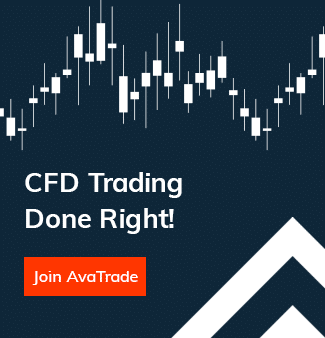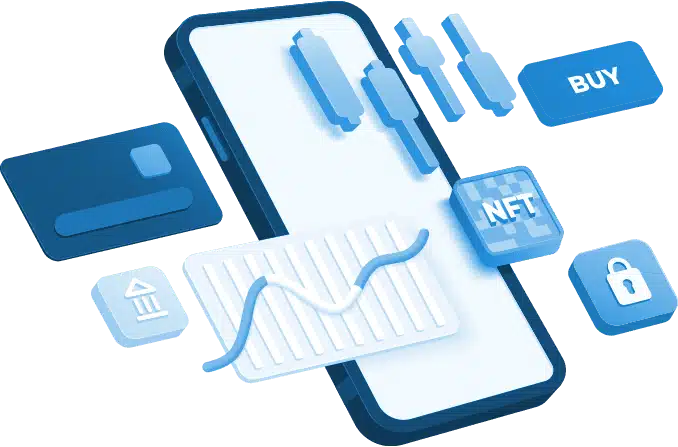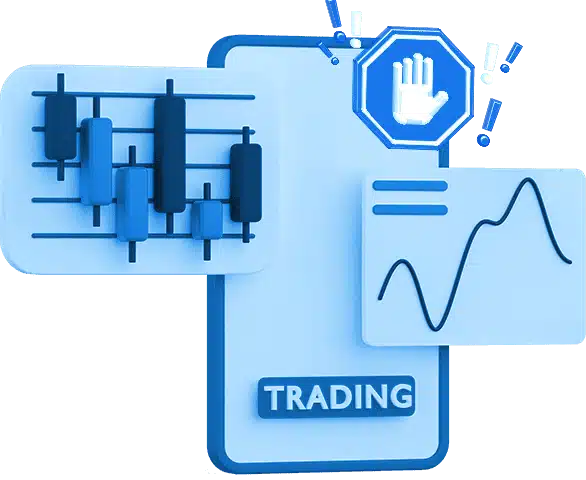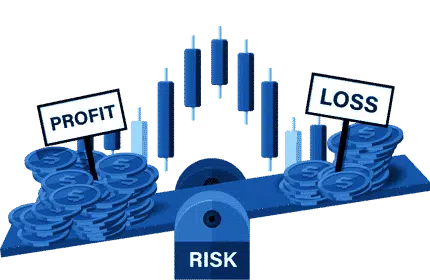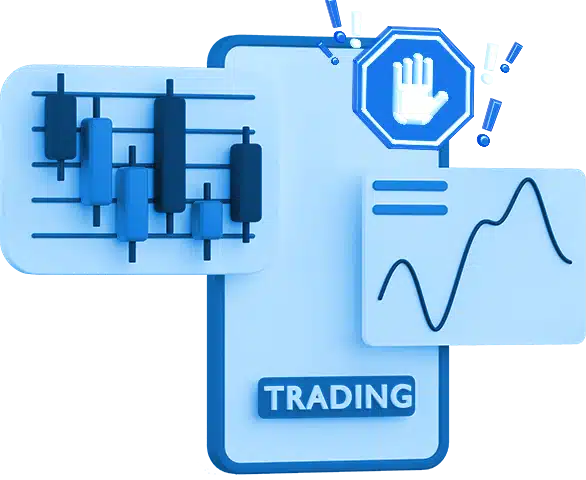
- Forex Trading
- CFD Trading
- Academy
- Trading Platforms
- Trading Info
- Financial Instruments
- Indices
- Commodities
- Crude Oil
- Gold
- Silver
- Platinum
- Corn
- Soybean
- Wheat
- Natural Gas
- Gasoline
- Palladium
- View All
- Stocks
- Forex Pairs
- Options
- Holiday Hours
- CFD Rollover
- Economic Calendar
- Islamic Account
- Trading Calculator
- Earning Releases
- Friedberg Direct’s Market Analysis
- Education
- About
- Professional Trader
- Help
- Help
- Contact Us
- Chat with us
- FAQ
- WhatsApp WhatsApp
- When is the best time to use a market order?
There are a few situations where the market order is the best choice. One is if you simply want the quickest execution possible. Another is whenever you’re trading an asset with high liquidity and an extremely tight spread. For example forex pairs with spreads of just a few pips, or stocks with a bid-ask spread of a penny or less. Another situation where the market order is acceptable is when you’re trading small lot sizes of under $1,000. Basically any time you want to get in or out of a position quickly a market order is best. The same is true when the cost of entry and exit is extremely low.
- Where should I place my stop-loss orders?
Determining where to place a stop-loss order is all about determining how much risk you’re willing to take. For example, if you buy a $100 stock and place your stop-loss at $90 you’re indicating a 10% loss is acceptable. This type of percentage loss is a common method for determining stop-loss levels. Another method is to use nearby common moving average levels, or other support or resistance levels to determine where a stop-loss should be placed. In any case your risk of loss should be no more than half your potential profit. So in the example above with a potential 10% loss, the profit target should by $120 (20%) at a minimum.
- What trading strategy uses a One-cancels-the-other order?
This is a risk management strategy where a stop-loss order is linked with a limit order to automate a trade. The stop-loss order is triggered if the loss becomes greater than the trader is willing to accept, while the limit order is triggered if the profit target of the order is hit. This allows a seasoned trader to enter a position, define the exit conditions, and put the trade out of their mind, knowing it will be handled exactly as they want, but without the risk of emotions entering the picture and messing with the trade.
LoginOrder types
Let the platform trade for you with different order types.
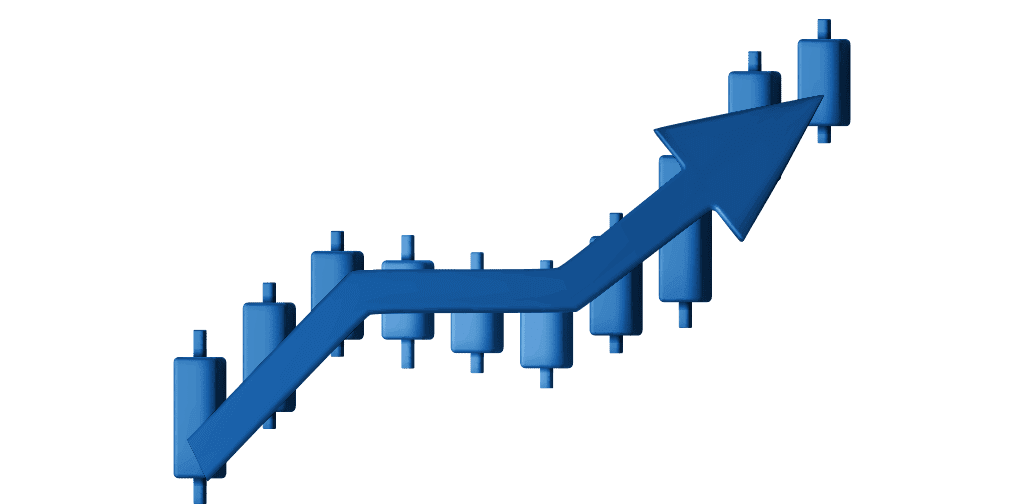
The term “Order” refers to how you will enter or exit a trade. There are many different types of orders that can be placed in the market via the trading platform. You can choose to execute a trade at the current market price. Alternatively, you can create a conditional order to execute a trade at a future market price, above or below the current market rate. Read about the order types available on the Metatrader 4.
Main Order Types FAQ
These FAQs, comments/analysis do not take into consideration your individual personal circumstances and trading objectives. Therefore, they should not be considered as a personal recommendation or investment advice. They are intended for educational purposes only. Past performance is not indicative of future results. There is no guarantee that the contents or instructions will result in profits or not result in losses.
LOGIN TO YOUR ACCOUNT FORGOT PASSWORDStill don't have an Account? Sign Up Now
![Secure]() Safe and Secure
Safe and Secure![Secure]() Globally Regulated Broker
Globally Regulated Broker![Secure]() Safe and Secure
Safe and Secure![Secure]() Globally Regulated BrokerSIGN UP TO GET STARTED Get $10,000 to your demo account now!
Globally Regulated BrokerSIGN UP TO GET STARTED Get $10,000 to your demo account now!Already have an account? Log In
![Secure]() Safe and Secure
Safe and Secure ![Secure]() Globally Regulated Broker
Globally Regulated Broker
- Indices
- Financial Instruments
A Must-Read
eBook for Traders
We see that you are
Already an existing client.
As a valued client,
Here is a link to the e-book
Thank You! Our insightful Online
Trading eBook is
already in your inbox.
Use it wisely and start trading!
Thank You! Our insightful Online
Trading eBook is
already in your inbox.
Use it wisely and start trading!
Oops…
Something went wrong,
please try again later.

